End of the line for 400 jobs and the locally made Holden Cruze, but Commodore to stay until late 2017
AN ambitious plan by a Belgian entrepreneur to save the Holden factory has been formally canned — the same day that 400 workers learned they would lose their jobs by December.
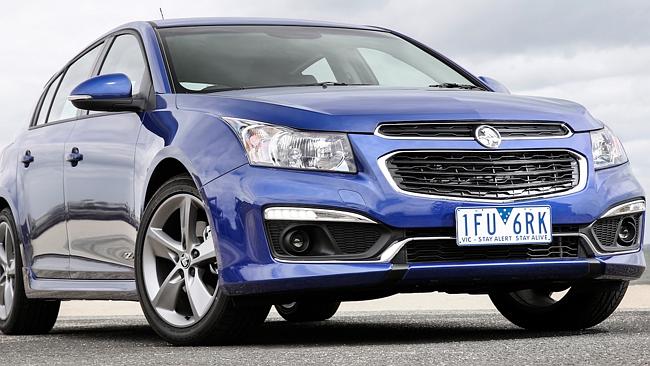
- Holden is closing, but could this save the workers’ jobs?
- Shocking jobs woes in Elizabeth — even before Holden goes
A HIGHLY ambitious plan by a Belgian entrepreneur to save the Holden factory has been formally canned.
A joint statement from General Motors and businessman Guido Dumarey of Punch Corporation issued late Friday said: “Both parties concluded that a viable business model was not possible. Therefore the proposal will not be taken forward.”
Despite the apparent backing of federal politicians from both sides of politics, including Kim Carr and Christopher Pyne, the deal never stood a chance, say industry observers, because the factory would not have produced enough volume to support a supplier base.
Mr Dumarey wanted to sell the Holden Commodore sedan, wagon and ute under another name, and rely on exports to boost production — if the Australian dollar remained low.
“General Motors and Punch Corporation have undertaken and completed a detailed global evaluation of a proposal from Punch Corporation to continue manufacturing vehicles at Holden’s Elizabeth plant in South Australia,” the statement said.
“The challenges to domestic automotive manufacturing in Australia — lack of scale, high production costs, supply base contraction and increasing market fragmentation — persist and cannot be overcome for this business case.
“In particular, the wind down of the supply base following the manufacturing exit of the three existing car makers, and the critical production mass they represent, is insurmountable.”
The last small car ever made in Australia, the Holden Cruze, will reach the end of the line in December, taking an estimated 400 jobs with it.
But the Holden factory at Elizabeth in Adelaide’s northern suburbs will continue to make Commodore sedans, wagons and utes until late 2017 as planned.
Production line workers were told of the widely expected decision at a meeting at 2:30pm on Friday, at the end of shift.
Holden had forecast since 2014 that production of the Cruze would end about a year before the Commodore.
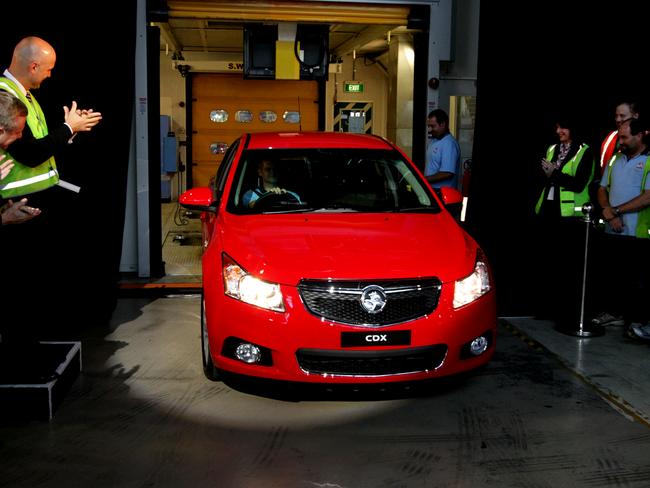
The model will be replaced by the Holden Astra, which will be imported from the UK.
The company says it made the announcement at least six months ahead so that suppliers had certainty until the end of 2016, and could restructure their business to operate until production of the homegrown Commodore ends in late 2017.
Holden executive director of human resources Ashley Winnett said: “Our number one priority is to support our people — this is a difficult time for all those in the Holden family.”
Every Holden worker has access to transition services and up to $3000 in approved training, as part of Holden’s $15 million contribution to the Federal Government’s Growth Fund for former factory workers.
Holden builds about 240 cars per day and the Cruze represents about one in three of vehicles made.
Further job cuts at local parts suppliers to Holden are expected.
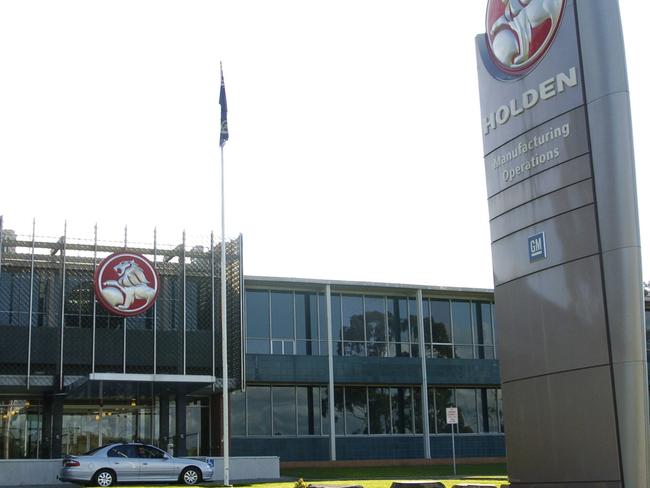
However, of all the cars assembled locally, the Cruze had the highest foreign content. About 70 per cent of Cruze parts are sourced from overseas.
The relatively low amount of local parts content in the Cruze — and the declining production volumes — means its departure is unlikely to affect the continuation of Commodore production until the end of 2017.
Ford will be the first of Australia’s three remaining car manufacturers to close its factories.
Ford’s Broadmeadows car assembly line on the northern outskirts of Melbourne and the Geelong engine and stamping plant are due to close on October 7.
The Ford shutdowns will end 91 years of production in Australia for the US car giant, and end 56 years of car-making in Broadmeadows.
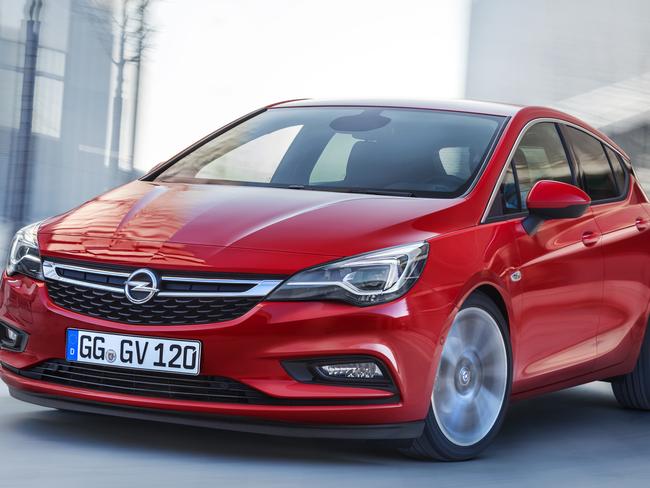
Holden will be next to close its car assembly line, in late 2017, followed by Toyota.
The Toyota Camry assembly line at Altona, on Melbourne’s western outskirts, will be the first factory Toyota has closed anywhere in the world.
Fast facts: Holden Cruze
The Holden Cruze was originally imported from South Korea. But during the Global Financial Crisis in late 2008 and early 2009, a deal was struck between then Prime Minister Kevin Rudd and then Holden boss Mark Reuss to build the Cruze sedan and hatch locally.
“This is an epic day,” said Mr Reuss at the June 2009 announcement designed to secure Holden’s manufacturing future. “We are safe, we are part of the new GM.”
Holden had received $149 million from the Rudd Government’s “Green Car Innovation Fund”. The Cruze qualified because it was a fuel-efficient four-cylinder car. The scheme was also used to fund the four-cylinder Ford Falcon, diesel engined Ford Territory and Toyota Camry hybrid.
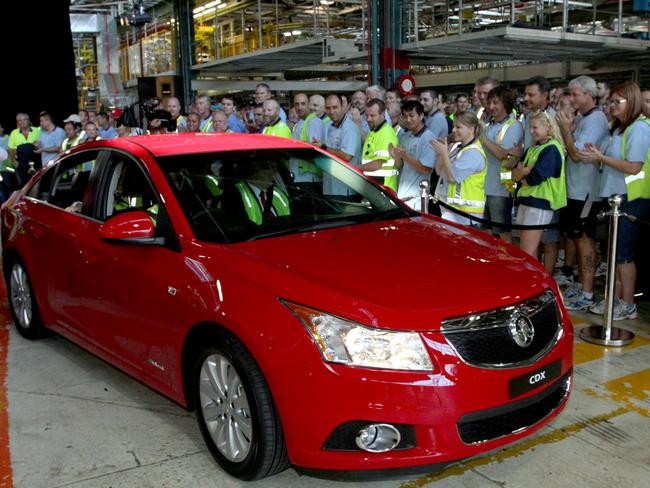
“We’re fortunate to have a Government and a Prime Minister that actually cares about manufacturing,” Mr Reuss said at the time.
The first Holden Cruze went into production alongside the Commodore to help boost output at Elizabeth in late 2011. At the time the Holden factory employed 2300 workers and built 430 cars per day.
More than 125,000 locally made Holden Cruze sedans and hatches have been sold since 2012; the 100,000th was built in November 2014.
The first Holden small car to go into production was the Torana, in 1967.
The last small car Holden made in Australia prior to the Cruze was the Gemini, in 1987, also made at Elizabeth.
This reporter is on Twitter: @JoshuaDowling
https://twitter.com/joshuadowling



